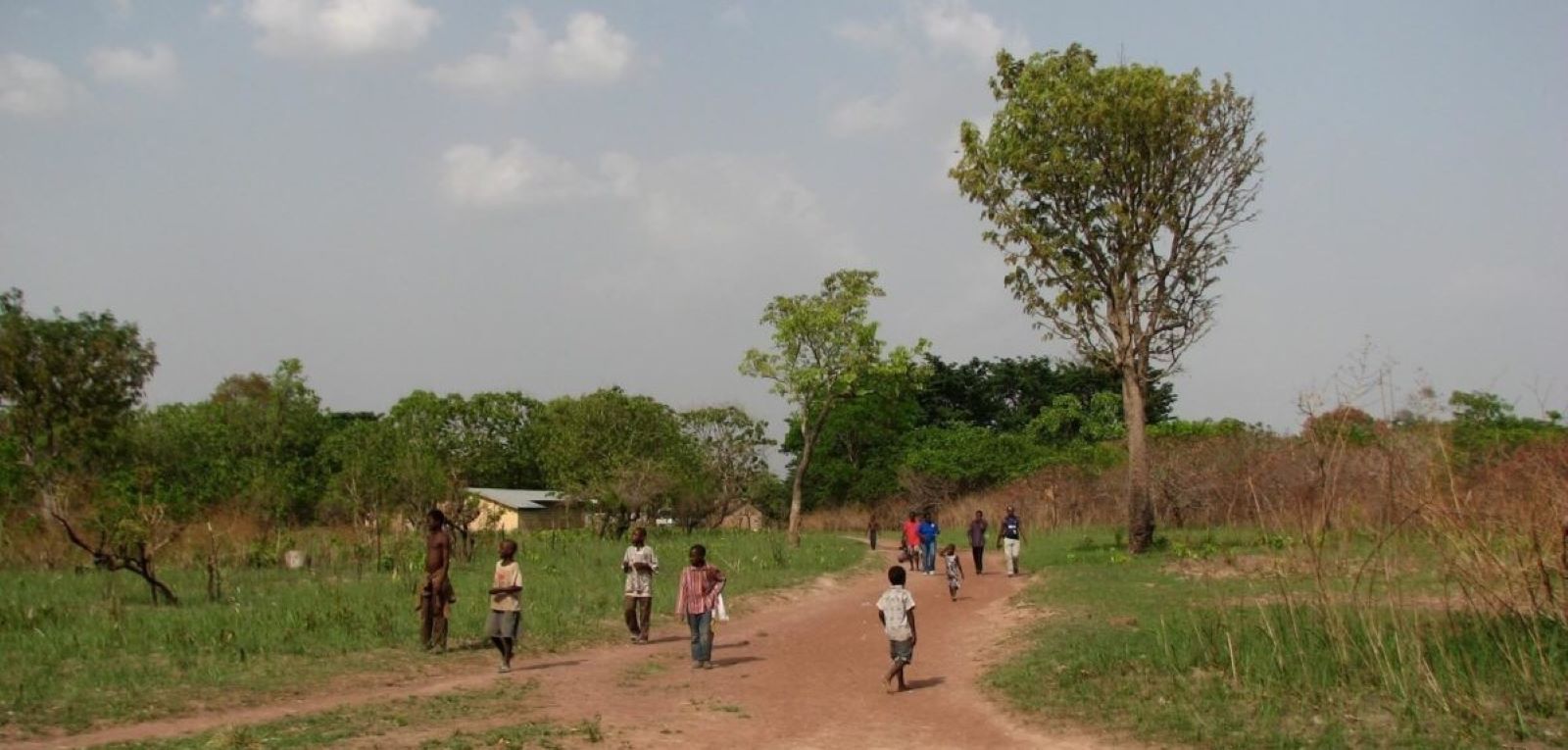Digital credit for farmers in Ghana: a randomized field trial

Residents in Northern Ghana | Photo Credit: Alina Xu
Context
Credit constraints limit investment and income growth in emerging markets across the world. Digital technologies are increasingly used in attempts to surmount these barriers, but research on digital credit is still in its infancy, and a consensus on best practices in the field remains elusive. Researchers still know little about how adjusting core elements of digital financial product design—such as credit rating systems, screening procedures, flexibility of repayment periods, and integration into supply chains—affect default rates, investment patterns, and other elements of financial behavior.
Study Design
This study focuses on the impacts of allocating short-term loans to individual small-scale farmers in the context of a randomized experiment in Ghana, conducted with an implementing partner, Farmerline Limited. Farmerline developed Mergdata, a mobile application through which farmers can apply for farming inputs on credit. Credit scores are algorithmically calculated using data on farmers’ production histories, sales, and operational data. In our design, we randomly allocate approved loans to a set of creditworthy control (no loan) and treated (loan) farmers. This randomization provides the variation that identifies the effect of access to credit.
Those assigned to treatment were notified that they would receive an input credit worth up to GHS 350 (about $75). Farmers could choose from a wide variety of inputs including inorganic fertilizers, insecticides, and herbicides. Farmers allocated to the control arm were notified that they would not be receiving an input credit. However, all farmers, including those in the control group, were eligible to continue using all other services offered by Farmerline, including weather forecasts and market prices of their produce.
Results and Policy Lessons
Researchers found that farmers provided with input loans increased spending on complementary inputs such as insecticides, land rentals, hired tractors and registration fees for farmer organizations. However, these spending increases didn’t have any effect, on average, on output, sales or profit from the farm.
The results were complicated by two challenges during implementation: first, that some farmers from the control group did receive loans (and thus were “treated”), and second because many treated farmers received credit late or not at all. Because of this, the researchers report intent to treat effects for all results. However, assuming that the failure to deliver credit to the treatment group on time was random, the results show that receiving a timely loan generated large increases in output, crop sales and profits.

